Using three TIP3055 transistors for RGB LED switching. Collectors are tied to cases. They need to be heat sunk and everything's already mounted and assembled and I don't have time to get rubber isolators.
Surprisingly it seems to work if I tie the collectors to ground and put the LED loads between the emitters and +12v. Running just a few LEDs right now to test the Arduino circuit, but I'll have around 4-5 amps of current through each transistor when finished. Is this safe or am I going to have a meltdown when I ramp up the current load?
